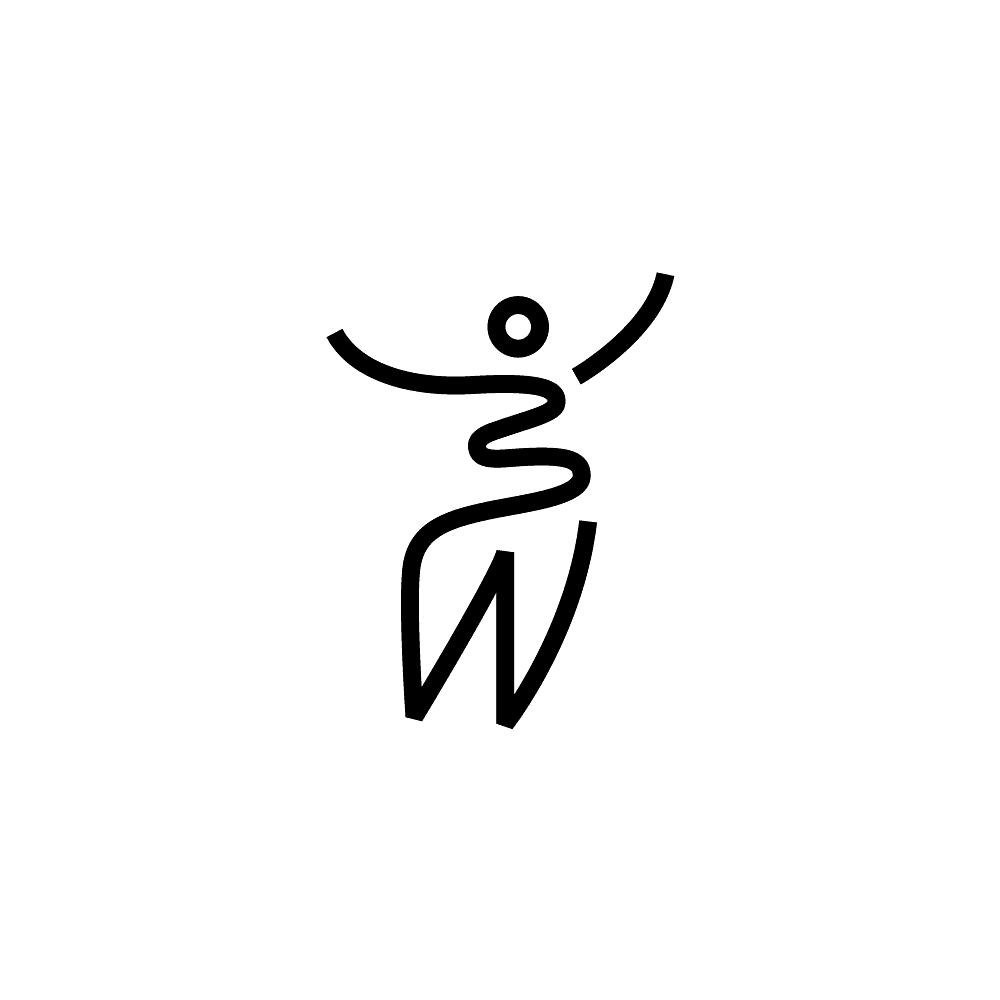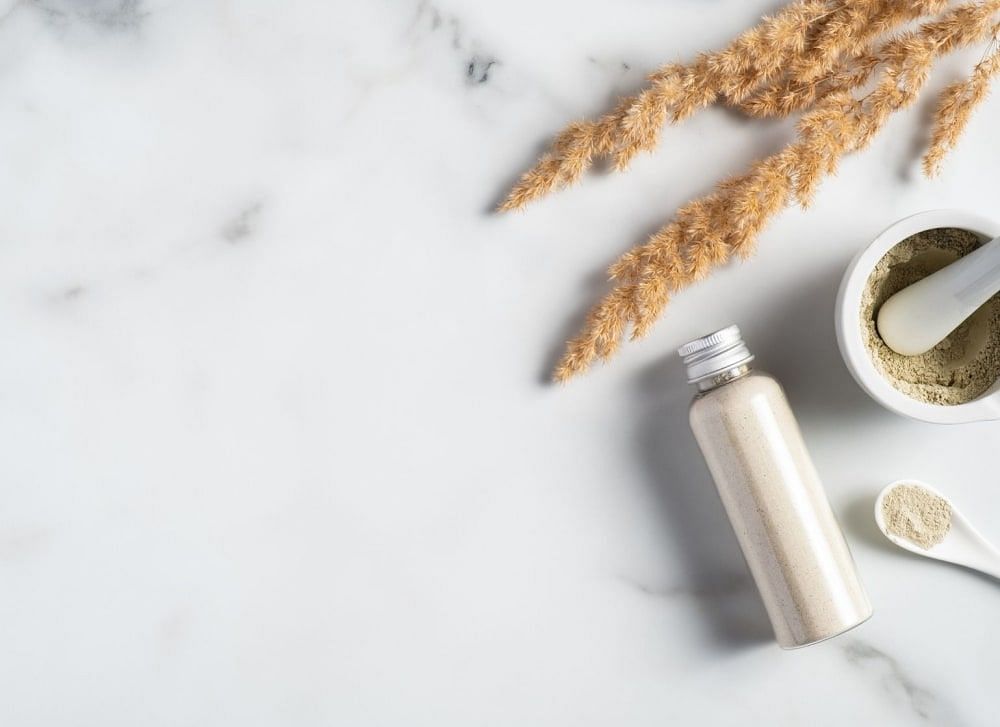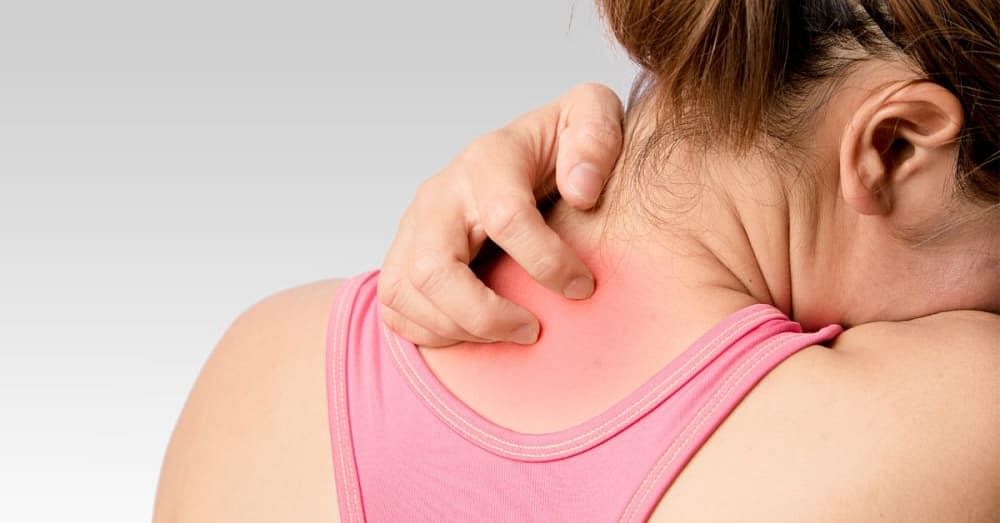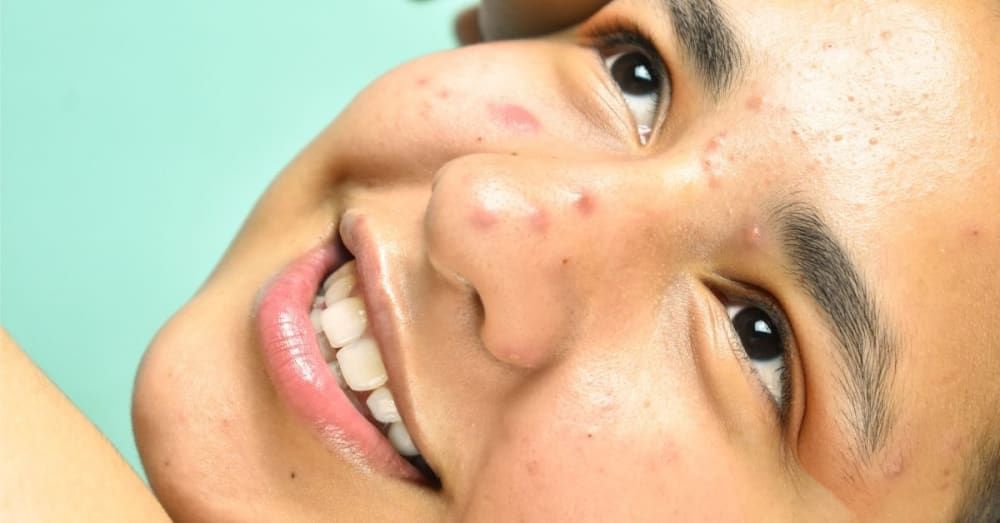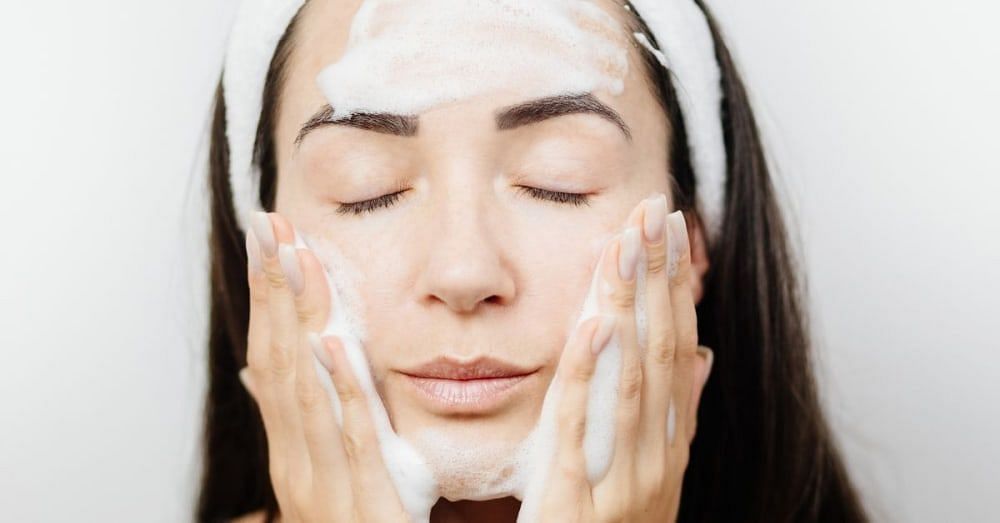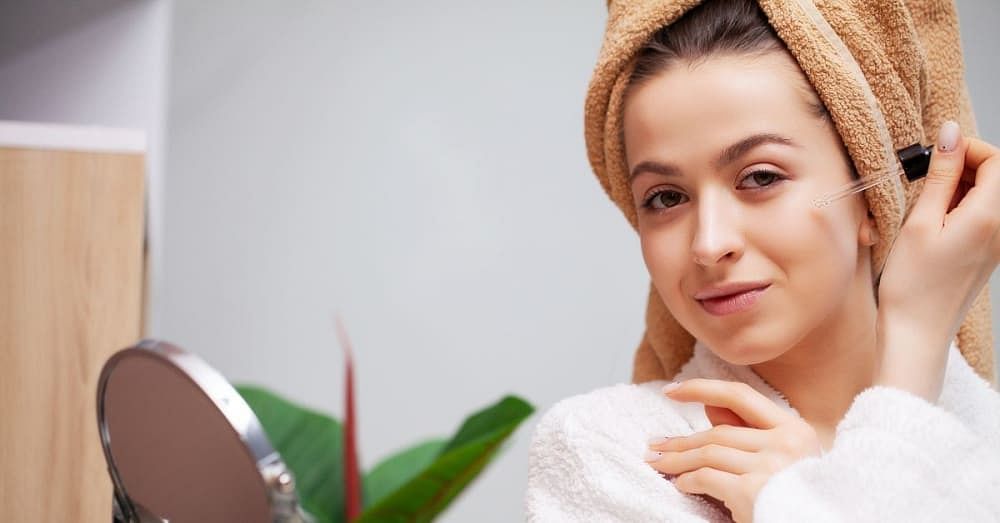Although you may not be familiar with ubtan or its benefits for the skin, you'll remember it from the auspicious Haldi ceremony that's a part of Indian weddings.
Can you recall the yellow paste that was applied to the groom and bride's bodies?
That paste is Ubtan, a traditional Ayurvedic recipe for purifying the skin and body.
Let's explore some Ubtan benefits you may be unaware of!
What is Ubtan?
According to popular use, ubtan is normally a concoction in powder form, which is mixed with natural ingredients such as gram flour or besan, turmeric, and sandalwood. Tradition generally has people mixing these ingredients with rose water and milk and turning them into a paste or scrub. People in ancient times, especially royals, used ubtan to make their skin appear fresh and glowing.
Ubtan Benefits
1) Can be made from natural ingredients:
Ubtan powder is made from ingredients that are 100% natural. Also, in case you don’t want to buy it from the market, you have the option of making it from ingredients that suit your skin type and don’t harm your skin in any way.
2) Ubtan powder serves to reduce body hair:
Ubtan powder made from homemade body scrub has been found to curb hair growth on your face and body. You can make an ubtan powder mix with a pinch of turmeric. If you use it against the direction of hair growth, it severely weakens the hair follicles, which eventually reduces the growth of hair.
3) It reduces the tan from your skin:
Gram flour, milk, and lemon can be used in the ubtan powder if you want to get rid of tan from your skin. These are known whitening agents, and they work towards reducing the tan lines which start showing due to exposure to the sun. Almost all the products which are used in ubtan have skin lightening and cooling properties.
4) It helps in reducing dark spots and wrinkles:
If you use ubtan, then you don’t need to run to the dermatologist and use different kinds of medicines on your skin. Simply using different kinds of ubtans each day would go a long way in reducing dark spots and wrinkles.
5) Ubtan makes your skin glow:
Ubtan gently exfoliates the skin since it is made from natural ingredients like gram flour, which makes the skin completely clean and fresh. Some ubtans also contain sandalwood powder, which helps to brighten the skin complexion. If you use ubtan on a regular basis to exfoliate your body, then your face will become much more radiant and free of spots. For best results, leave the ubtan on your skin for 15-20 minutes after applying.
How to make ubtan at home
Ubtans are usually made from besan (gram flour), turmeric, sandalwood paste, milk, and rose water. Mixing all of these together helps in making your skin glow, reducing tan, and reversing the signs of ageing. Some ubtans also help in getting rid of facial hair. Ubtan benefits are many, and using these homemade ubtans will help you in more ways than one.
If you feel like getting experimental, you can also use the following ingredients to give an ayurvedic twist to your regular ubtan.
Making ubtan with neem:
Applying ubtan infused with neem works great for people who have skin that is oily and prone to acne.
Making ubtan with almond:
If you want to exfoliate your skin in a gentle manner, then using almond ubtan is the best option. This not only gives you a clear palette but also makes your skin glow, especially if you use it together with milk.
Making ubtan with yoghurt:
You can use curd in your ubtan since it is a great natural moisturiser.
Making ubtan with wheat flour:
Protects against sun damage and helps in dealing with skin elasticity.
Ayurvedic Ubtan Recipe Ingredients
1. Ayurvedic Ubtan for body
- Make an almond powder by grinding eight to nine almonds (preferably soaked overnight and with the peels removed).
- Put them in a bowl with half a cup of oatmeal and a cup of gram flour.
- To this, add about a tablespoon of neem powder, a pinch of turmeric, and about half a tablespoon of fennel powder.
- Add rose water to make a thick paste.
- Apply this paste to your entire body and let it dry. Scrub it off gently once it's dry, then wash it with normal water. For those having dry skin, milk can be added to prepare the paste instead of water.
2. Ayurvedic Ubtan For Face
- In order to prepare ubtan for the face, combine one tablespoon sandalwood powder with one tablespoon oatmeal and three tablespoons of chickpea flour (besan).
- You can then add half a tablespoon of neem powder, half a tablespoon of fennel powder, and a pinch of turmeric.
- After the almonds are soaked and their peels removed, add six to seven ground almonds.
- Make a paste by mixing the powder with water.
- If you have oily skin, use rosewater to make the paste. If you have dry skin, use milk or yogurt.
Side effects of ubtan:
There are no known side effects of using uban on your body unless you are allergic to any of the products that are used in ubtan; leaving the ubtan on your skin for long periods of time could create skin problems and also turn your skin rough. However, if you rinse the paste off your skin on time, then it will cause you no harm.
FAQs
Can We Bath With Ubtan Daily?
Yes, Ubtan is an all-natural paste that is suitable for applying to the entire body daily. Every morning, before bathing, apply Ubtan evenly to your entire body, scrub for 3-5 minutes, and then wash off.
Does Ubtan Make You Fair
You can incorporate Ubtan into your daily skin regimen according to your particular skin problems. It will not only whiten your skin but also remove blackheads, whiteheads, dark spots, pigmentation, sunburn, etc.
